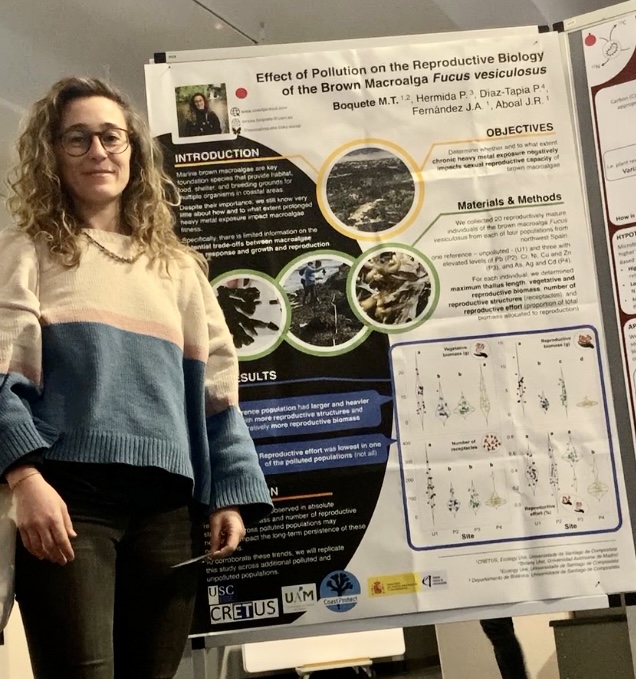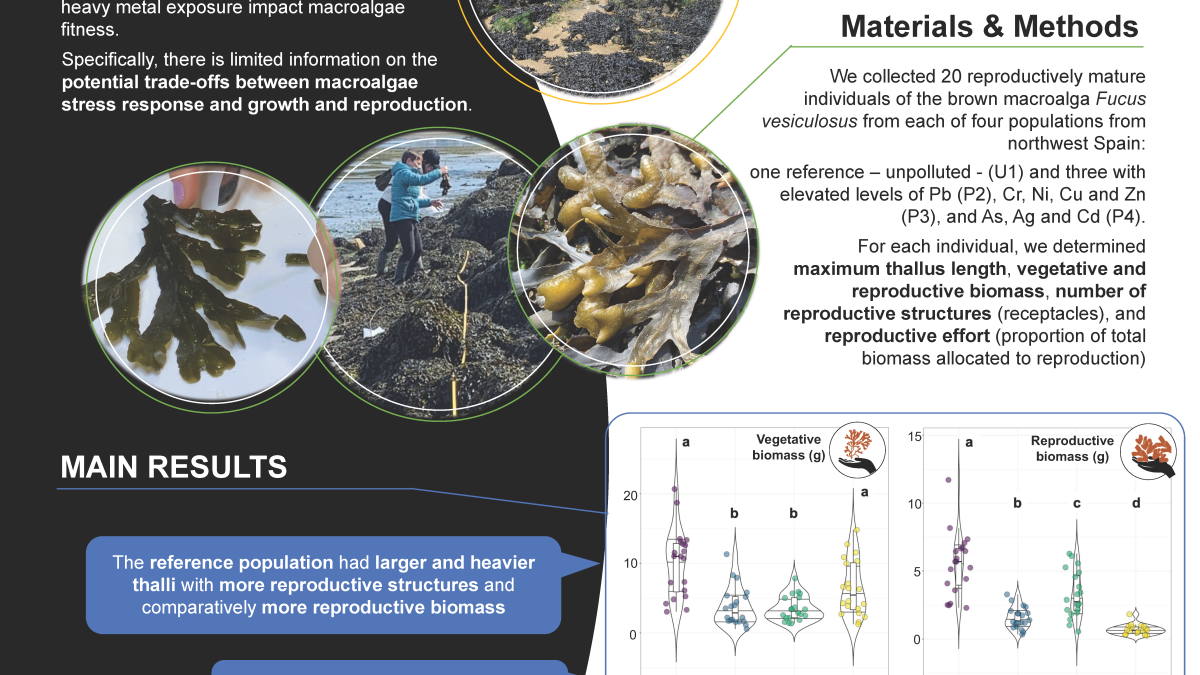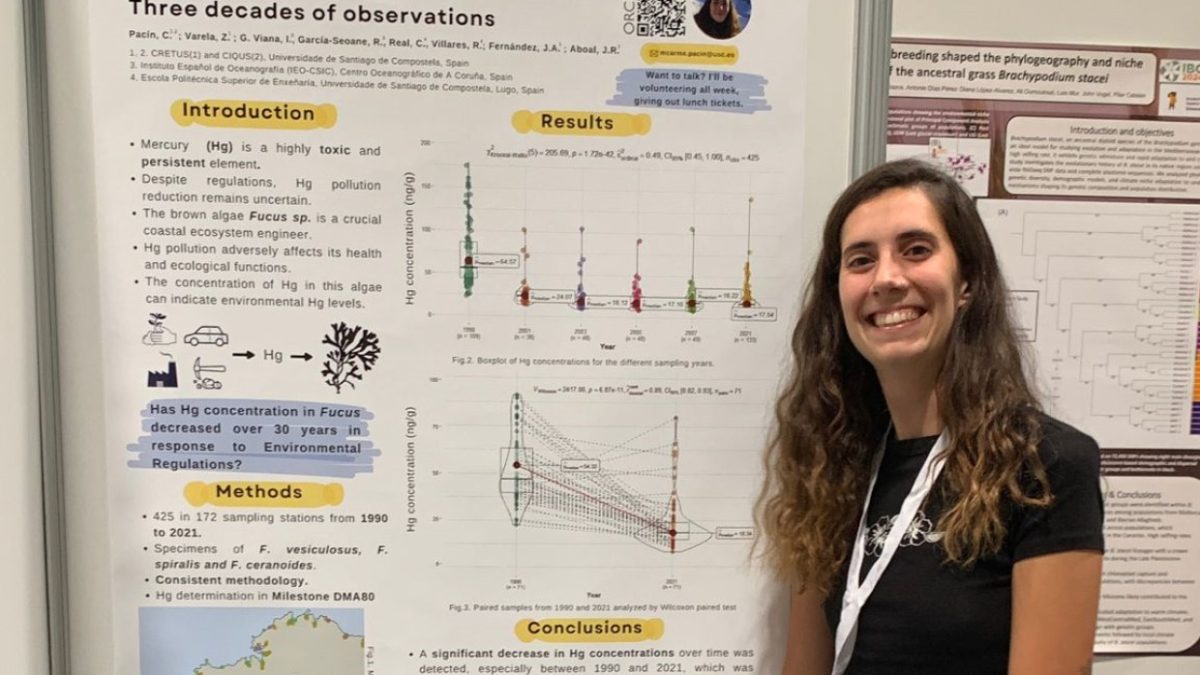Teresa Boquete attended the Swedish OIKOS Meeting 2025, held on February 4th and 5th in Stockholm. During the event, she presented a poster with the preliminary results of a study evaluating the possible impact of chronic heavy metal exposure on the reproductive capacity of the brown macroalga Fucus vesiculosus.

21 March 2025
Share

